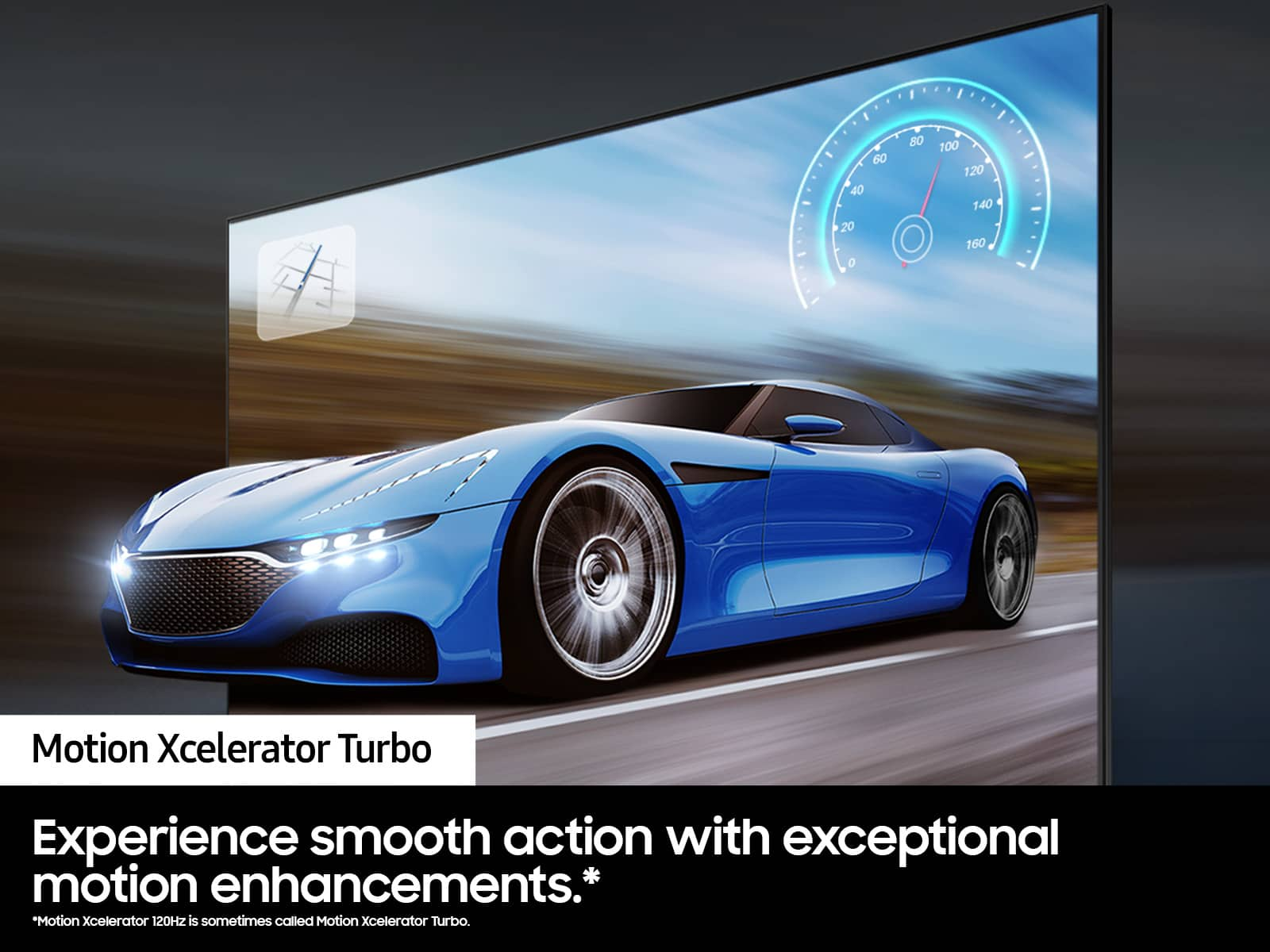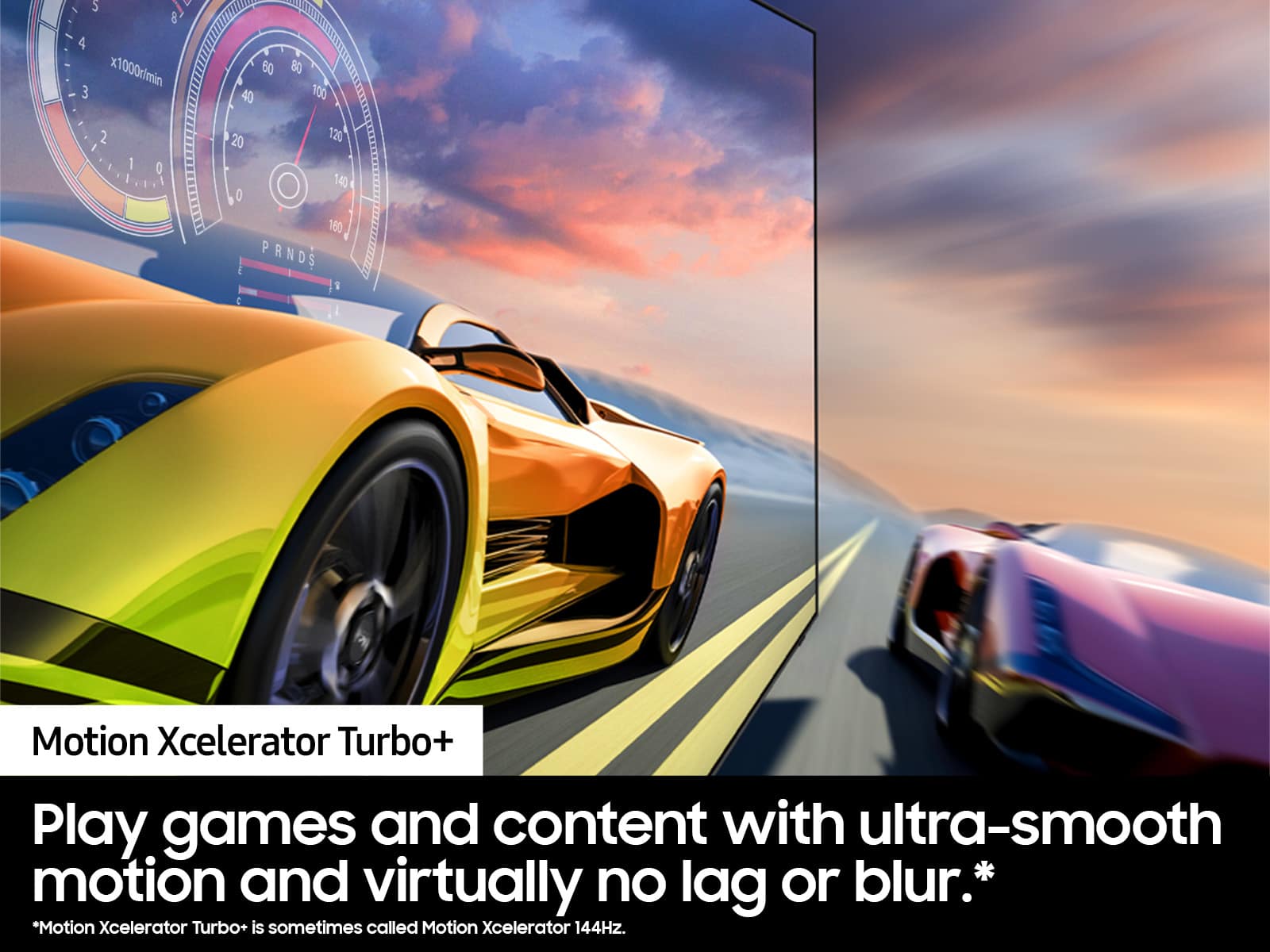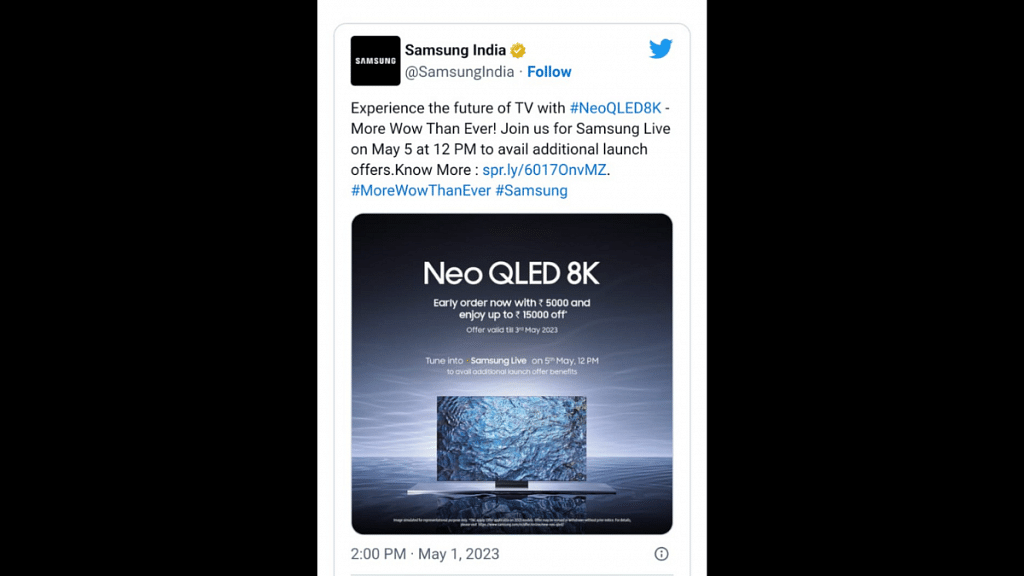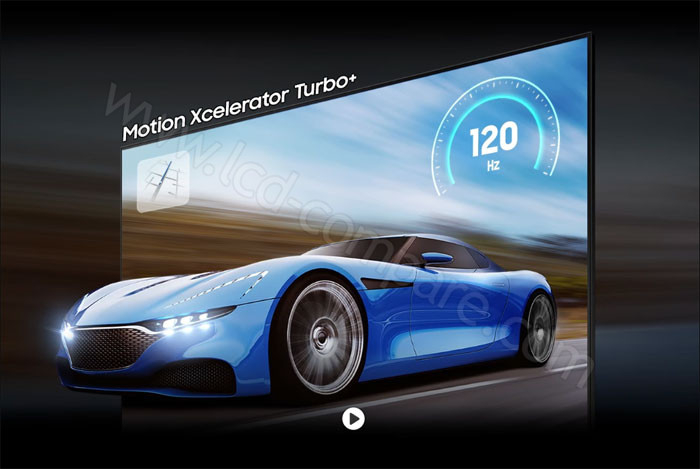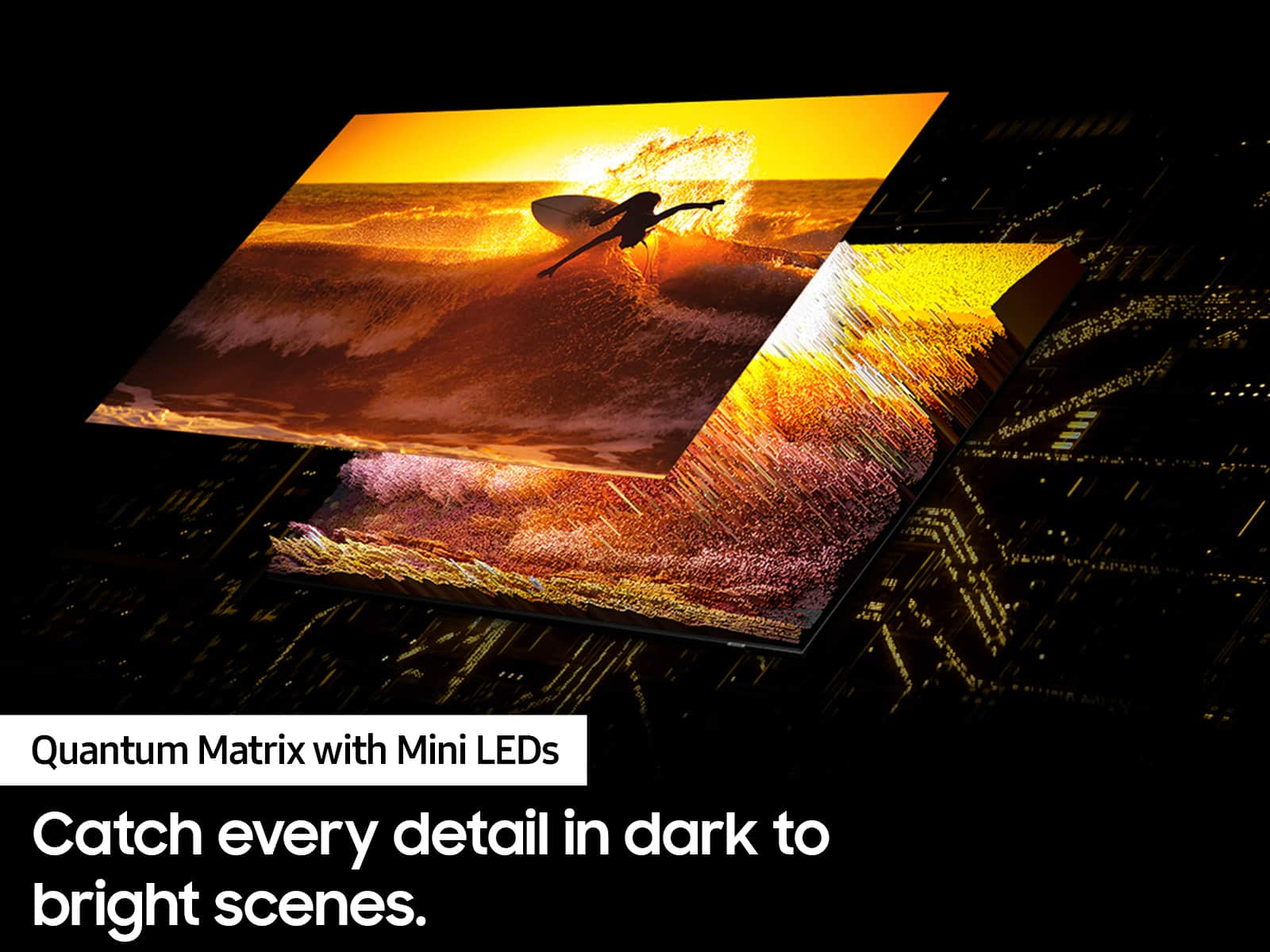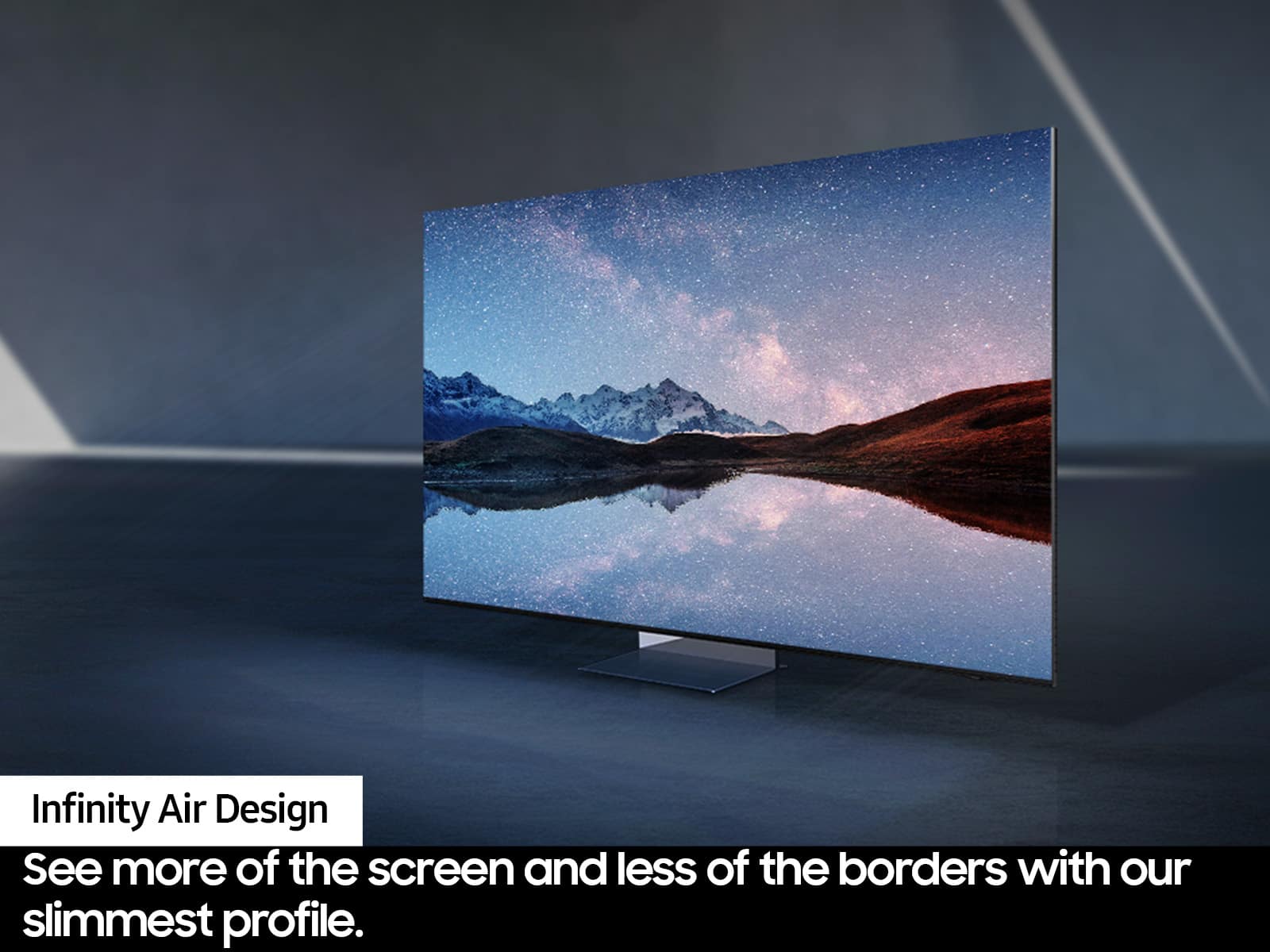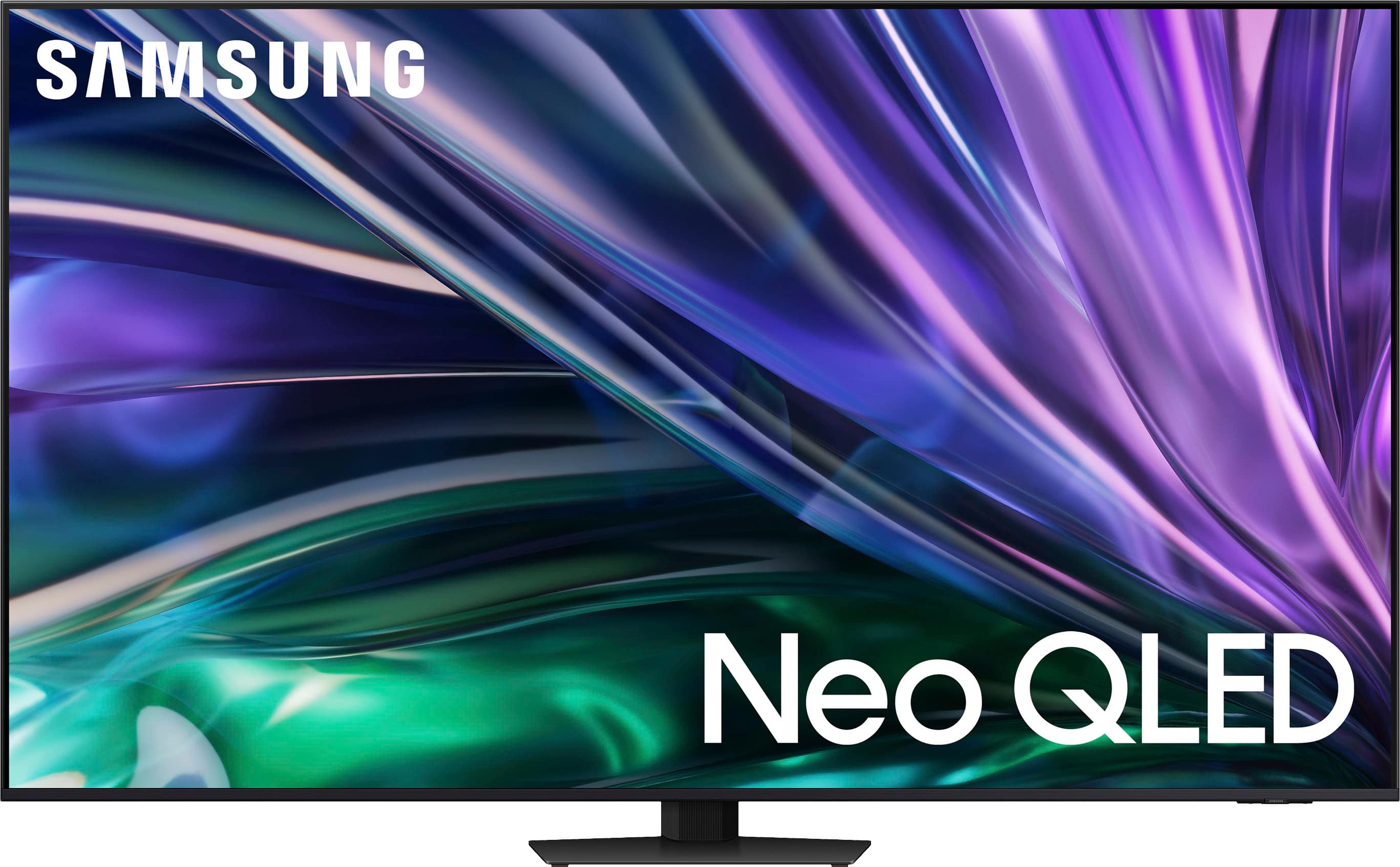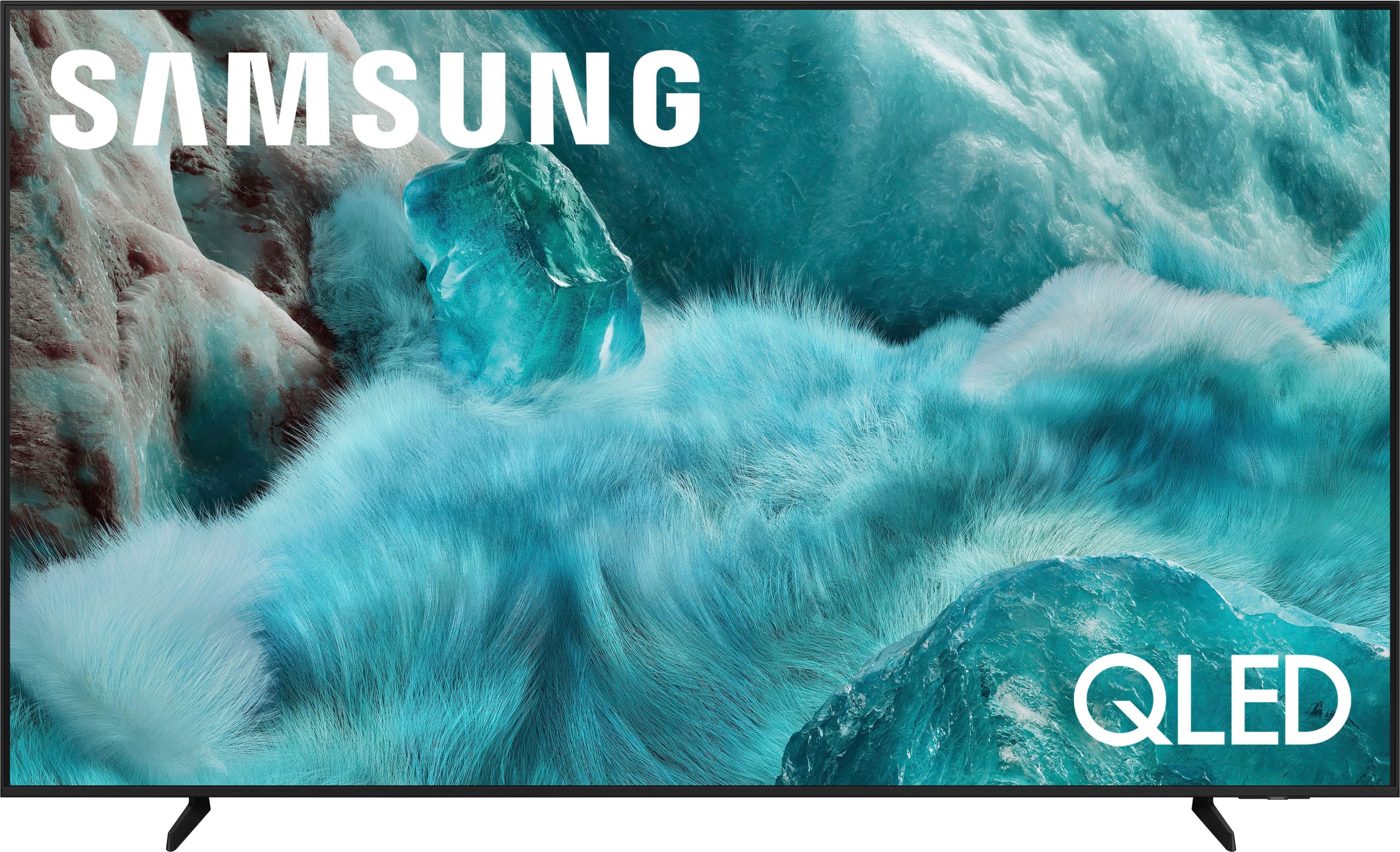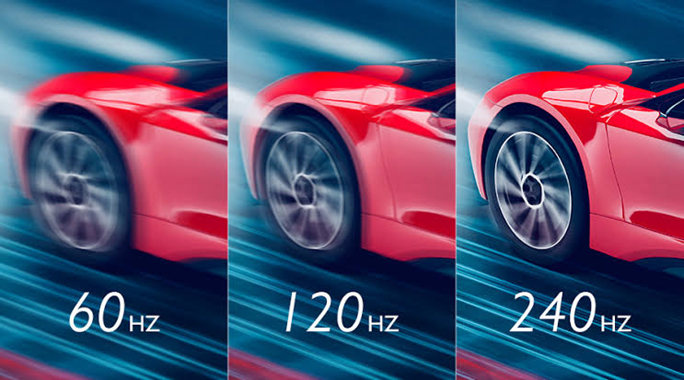Samsung Motion Enhancement Technology
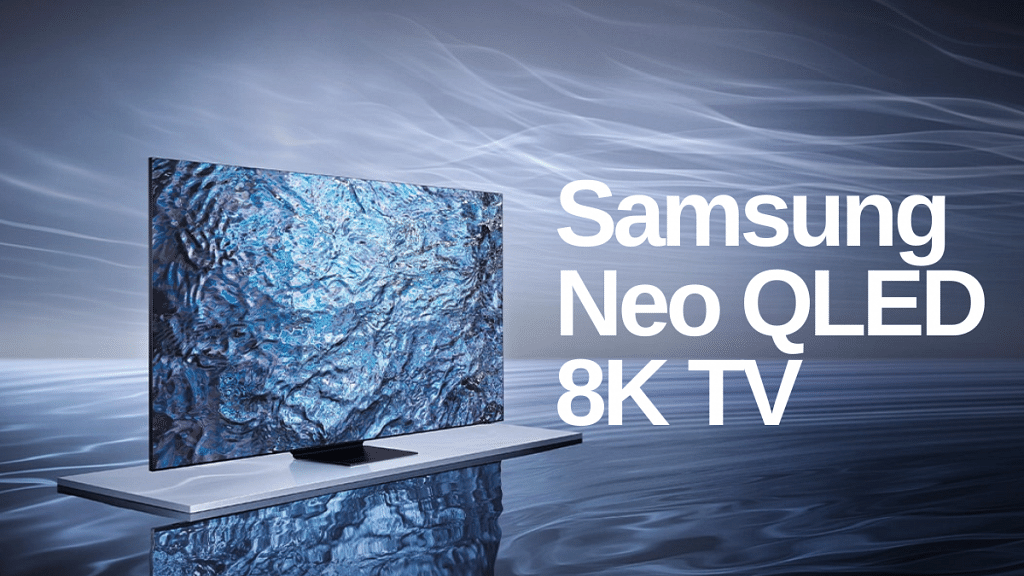
Imagine watching a thrilling car chase scene. The vehicles speed across the screen, but instead of a blur, every detail remains crisp, every turn defined. It feels incredibly real, pulling you right into the heart of the action. This enhanced clarity and fluidity isn’t movie magic alone; it’s often thanks to technologies like Samsung’s Motion Enhancement.
At its core, Samsung’s Motion Enhancement technology aims to smooth out fast-paced content on your TV, reducing blur and judder. This article delves into how this technology works, its benefits, and why it's become a crucial element in modern display technology for a better viewing experience.
The Quest for Smoother Motion
The journey towards smoother motion on displays is rooted in the limitations of traditional television technology. Early TVs displayed images at a fixed refresh rate, typically 60 frames per second (fps). While sufficient for many types of content, fast-moving scenes often suffered from motion blur because the display wasn't updating quickly enough to keep pace.
This limitation became more apparent with the rise of high-definition (HD) content and fast-paced video games. Viewers demanded sharper, clearer images, even during intense action sequences. Samsung, among other display manufacturers, began exploring ways to overcome this challenge.
How Samsung's Motion Enhancement Works
Samsung’s Motion Enhancement technology doesn't simply increase the refresh rate of the display. Instead, it utilizes a more sophisticated approach called motion interpolation.
Motion interpolation is the process of creating new frames of video between existing ones. The TV analyzes the movement within a scene and algorithmically generates intermediate frames that seamlessly bridge the gap. This effectively increases the frame rate, resulting in smoother, more fluid motion.
Think of it like connecting the dots. The TV identifies where an object is in one frame and where it is in the next. Then it creates a series of "in-between" images that show the object moving smoothly from one point to the other.
Samsung calls this technology by different names across its product lines, such as Auto Motion Plus or Motion Rate. These names all refer to variations of the same underlying technology: motion interpolation.
The Benefits of Motion Enhancement
The most obvious benefit of Samsung’s Motion Enhancement is a reduction in motion blur. Fast-moving objects appear sharper and more defined, making it easier to follow the action on screen.
This is particularly noticeable in sports broadcasts, action movies, and video games. Imagine watching a football game; with motion enhancement, the ball remains clear and visible as it soars through the air. It enhances the experience, drawing the viewer deeper into the content.
Reduced judder is another significant advantage. Judder refers to the jerky or uneven appearance of motion that can occur when the frame rate of the content doesn't match the refresh rate of the display. Motion enhancement helps to smooth out these inconsistencies, resulting in a more stable and visually pleasing image.
A Double-Edged Sword?
While motion enhancement offers numerous benefits, it's not without its critics. Some viewers find that the technology can create what is known as the "soap opera effect." This occurs when motion interpolation makes films and TV shows appear overly smooth and artificial, resembling a live soap opera.
This effect arises because the increased frame rate can diminish the cinematic quality of content that was originally filmed at a lower frame rate. Fortunately, most Samsung TVs allow users to adjust the level of motion enhancement or disable it entirely.
This flexibility allows viewers to customize the picture settings to their preferences, striking a balance between smooth motion and a natural-looking image.
The Future of Motion Technology
Motion enhancement technology continues to evolve. Samsung and other manufacturers are constantly refining their algorithms to improve the accuracy and effectiveness of motion interpolation.
Future advancements may include more sophisticated methods of motion analysis, as well as the ability to adapt the level of motion enhancement dynamically based on the content being displayed. The ongoing pursuit of clearer and smoother motion promises even more immersive and engaging viewing experiences in the years to come.
Ultimately, Samsung’s Motion Enhancement represents a significant step forward in display technology. While it may not be perfect for every viewer or every type of content, it undoubtedly enhances the viewing experience for many. By reducing motion blur and judder, it brings a new level of clarity and fluidity to our screens, allowing us to fully immerse ourselves in the world of movies, sports, and games. The key is to find the setting that best suits your personal preferences and enjoy the show.

